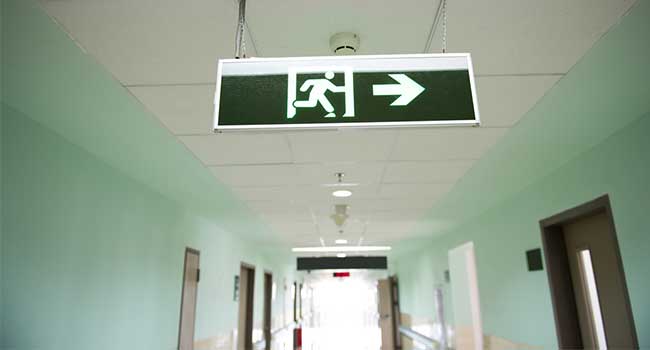
Hospitals Find it Hard to Protect Against Gun Violence
Hospitals are continuously looking to increase security, but the accessible environment of the facility makes upgrades challenging.
- By Sydny Shepard
- October 03, 2018
If there is anything that security and safety professionals have learned in the last year it is that a violent incident can happen anywhere, at anytime. Medical facilities and hospital campuses are finding it exceedingly difficult to design a protection plan against gun violence due to the accessible environment of the buildings. For The Medical University of South Carolina, it has been a challenge finding ways to increase security.
Earlier in the summer, the Faculty Senate decided to "affirm that gun violence is a public health program of the highest priority." The group settled on adding metal detectors to all the entrances of the MUSC campus but quickly turned down the idea when they found out it would cost nearly $1 million to staff each of the 24 devices with three people every year.
"Hospitals are the institutions we rely on to keep their doors open to everyone, which makes them more difficult to secure," Schipp Ames, a spokesperson for the South Carolina Hospital Association told the Post and Courier in an email. "Because healthcare campuses have become more vast, hospitals now have more access and entry points to monitor and protect."
Other hospital systems, like the Georgetown-based Tidelands Health, are attempting to keep a welcoming atmosphere by training their staff to use handheld metal detector wands instead of implementing the more permanent, larger metal detectors at each door. They are also working to train, on a consistent basis, for active shooter events that could potentially happen on campus.
The North Carolina hospital system said they increased the amount of armed guards they had patrolling their medical campuses.
MUSC says they have tried to think of everything when creating their policies and procedures for an active shooter situation, including what to do if they receive victims from an incident off-campus.
"We think it is a worthwhile precaution to protect that victim," spokesperson Heather Woolwine said. "It can be hard to predict how an attacker might react when he finds out an effort to kill someone failed."
The hospital had their security team set up temporary metal detectors to protect victims of gun violence 148 times in 2017.
About the Author
Sydny Shepard is the Executive Editor of Campus Security & Life Safety.